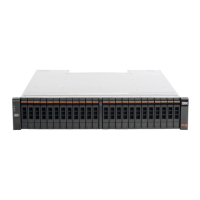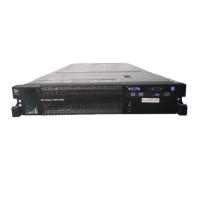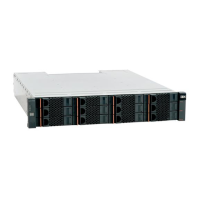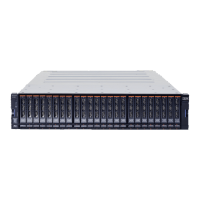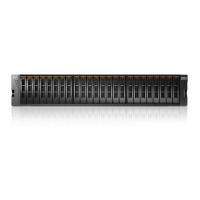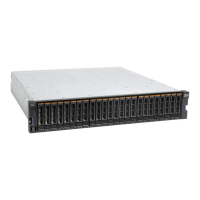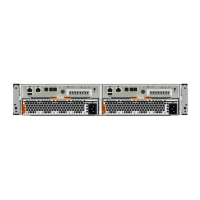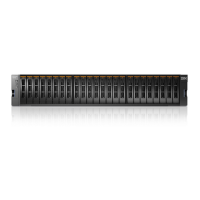Important: Before you remove the DIMMs, note which DIMMs are in which
connectors. You must install them in the same configuration on the
replacement system board.
9. Remove the fans (see “Removing a hot-swap fan” on page 156).
10. Disconnect all cables from the system board.
Attention:
v In the following step, do not allow the thermal grease to come in contact
with anything, and keep each heat sink paired with its microprocessor for
reinstallation. Contact with any surface can compromise the thermal grease
and the microprocessor socket; a mismatch between the microprocessor and
its original heat sink can require the installation of a new heat sink.
v Disengage all latches, release tabs or locks on cable connectors when you
disconnect all cables from the system board. Failing to release them before
removing the cables will damage the cable sockets on the system board. The
cable sockets on the system board are fragile. Any damage to the cable
sockets may require replacing the system board.
11. Remove the microprocessor heat sink and microprocessor, and then place
them on a static-protective surface for reinstallation (see “Removing a
microprocessor and heat sink” on page 166).
12. Pull out and lift up the pin and the thumbscrews on each side of the system
board.
178 Storwize V7000 Unified: Problem Determination Guide 2073-720
